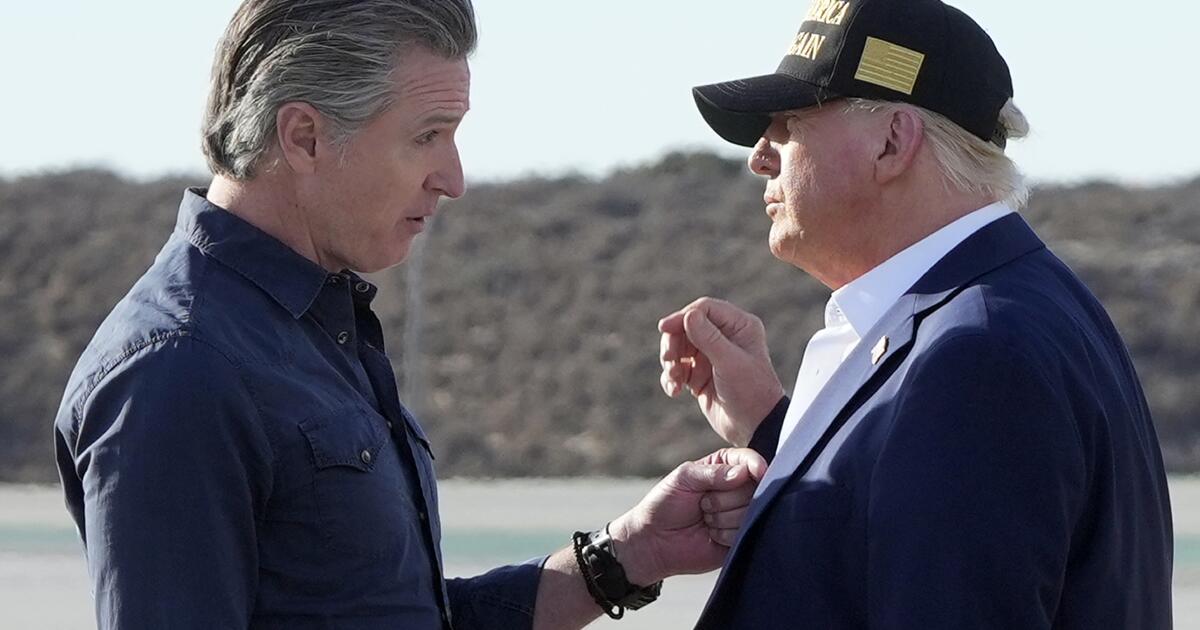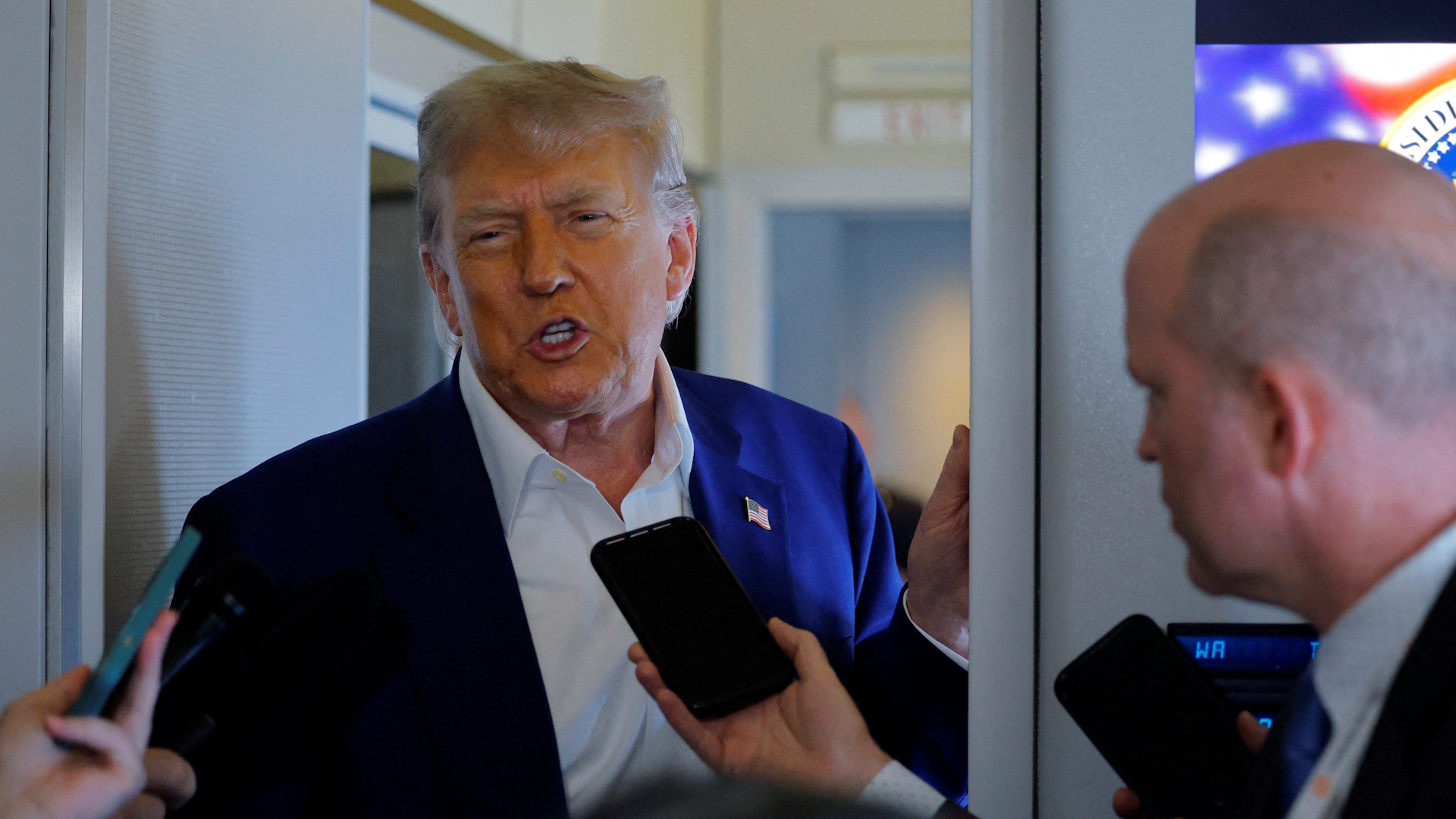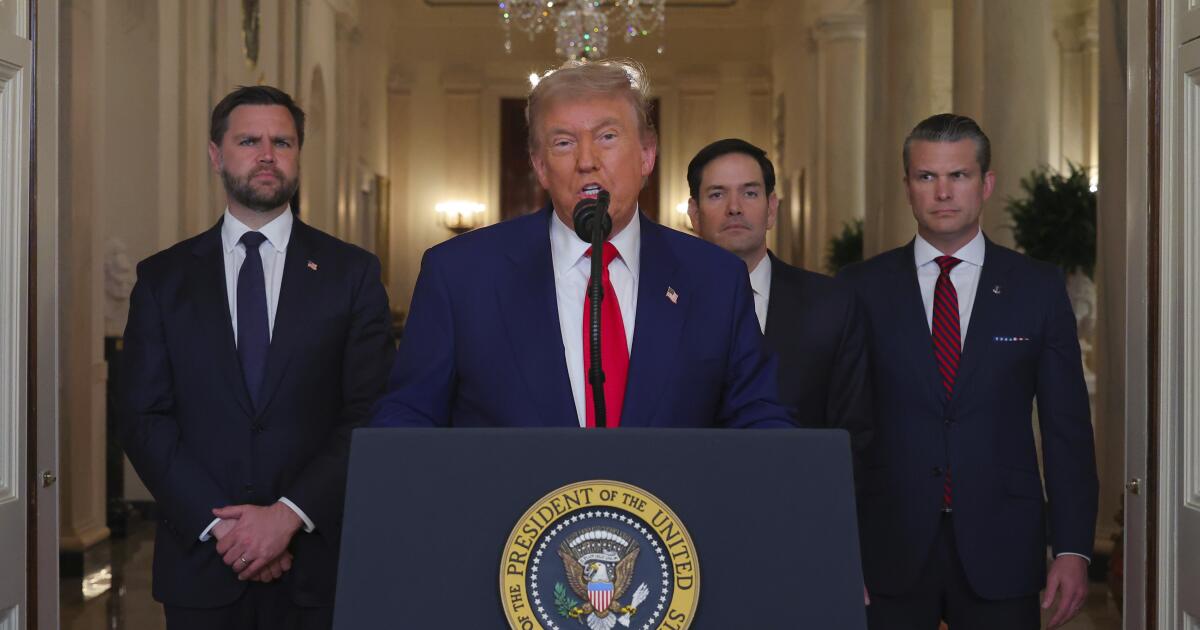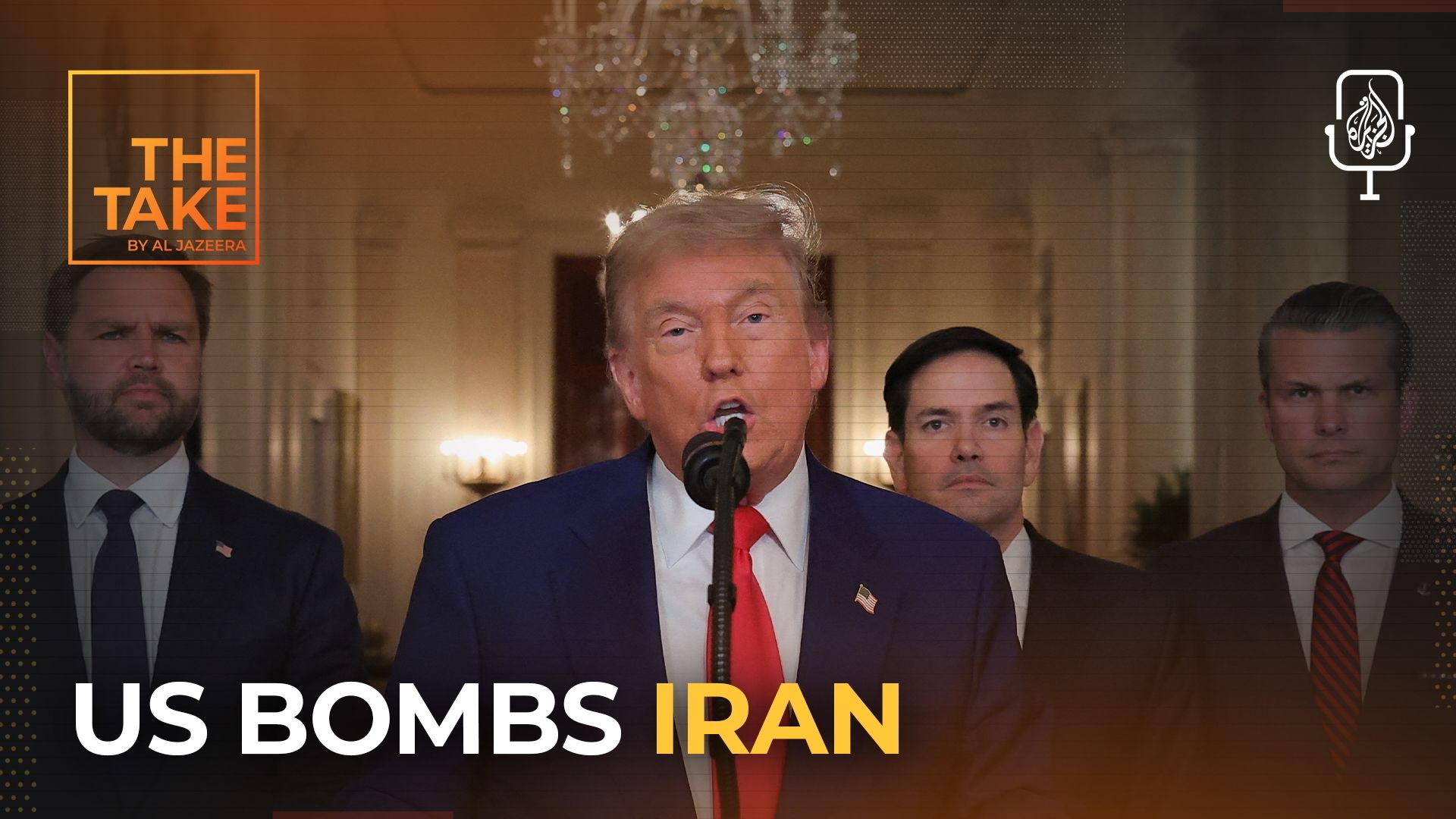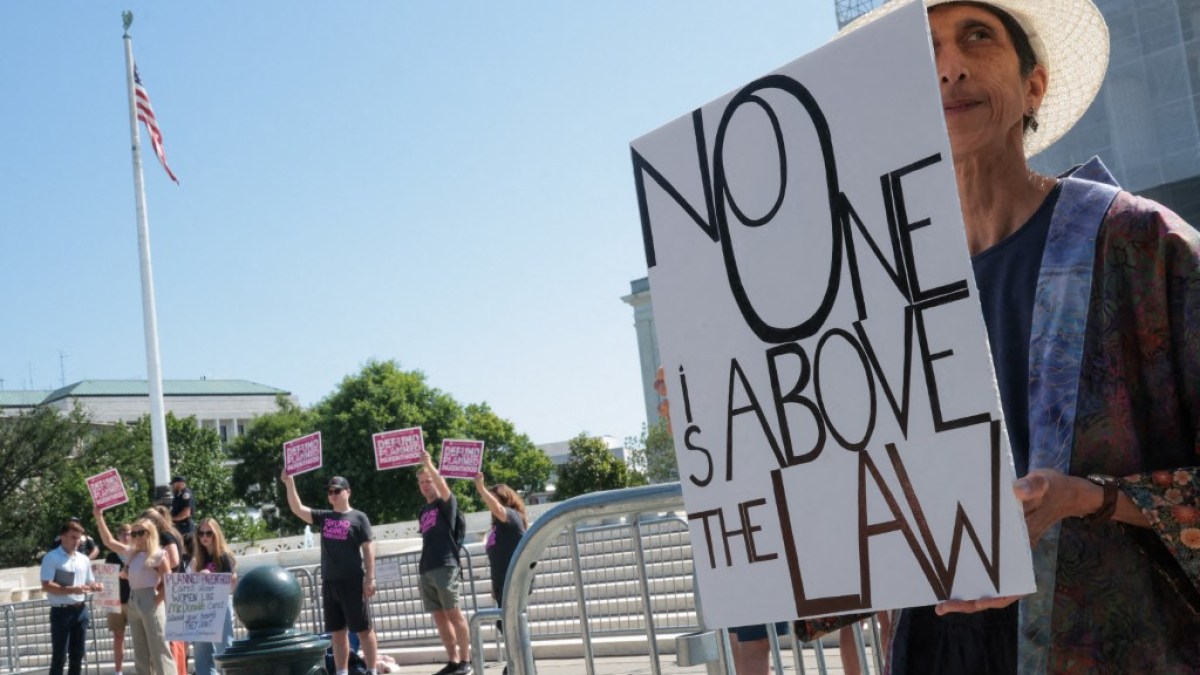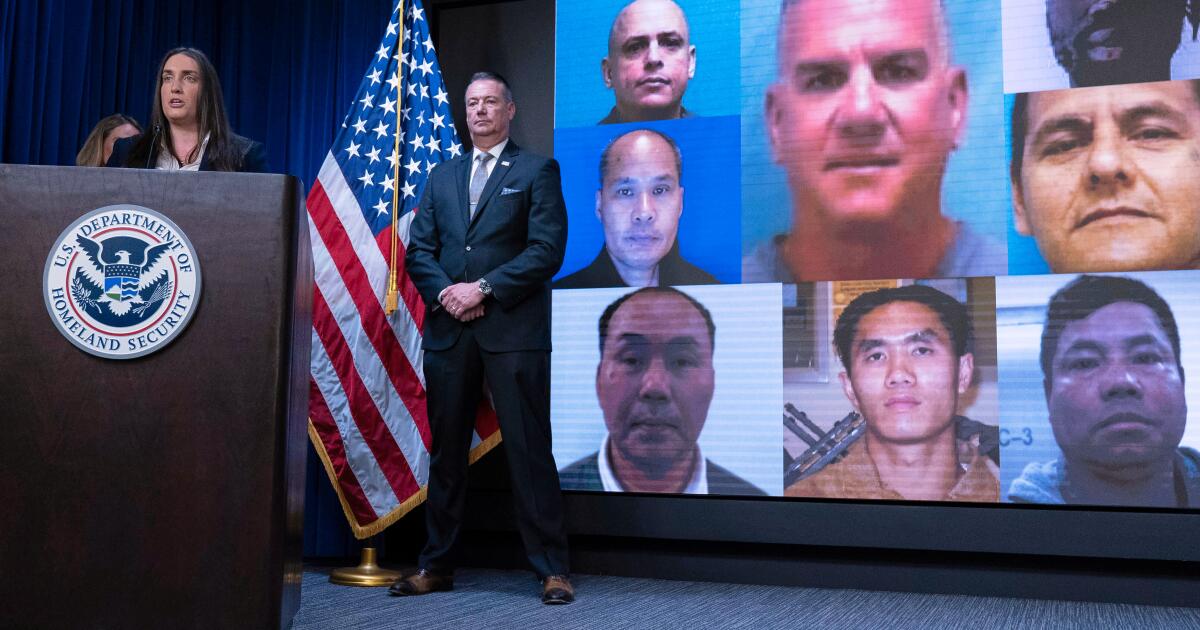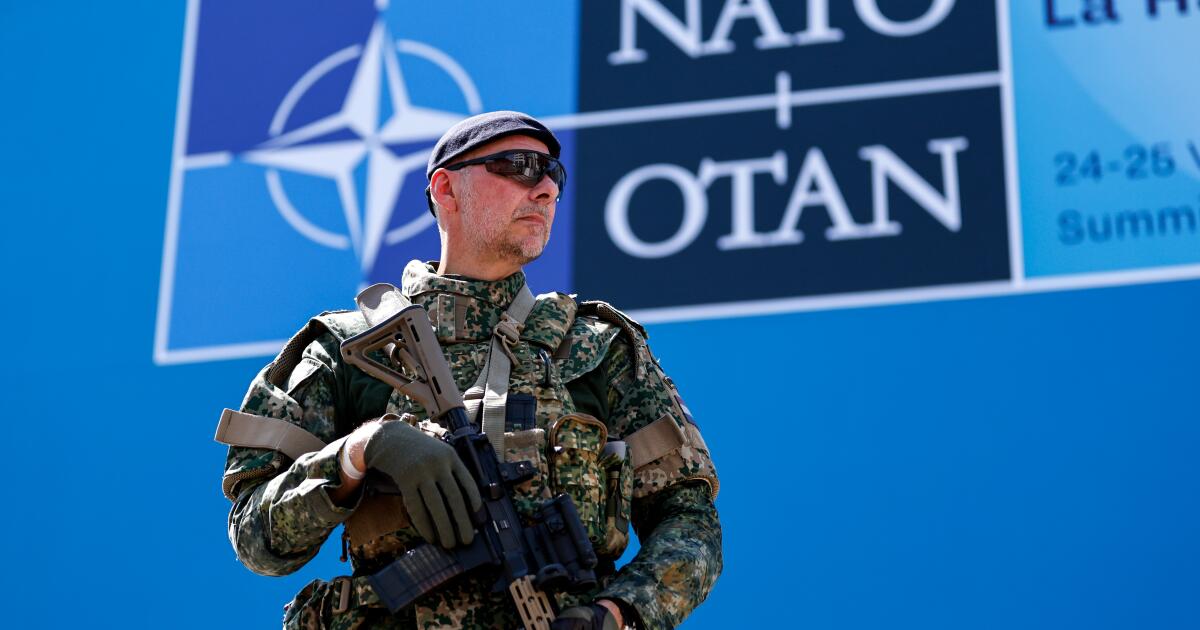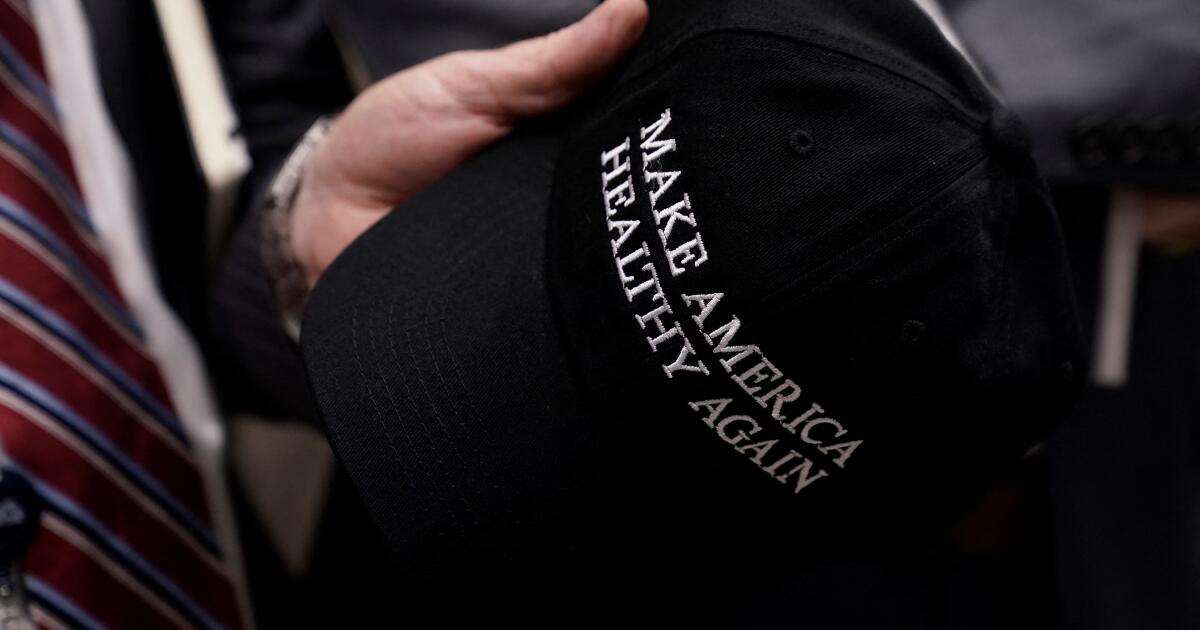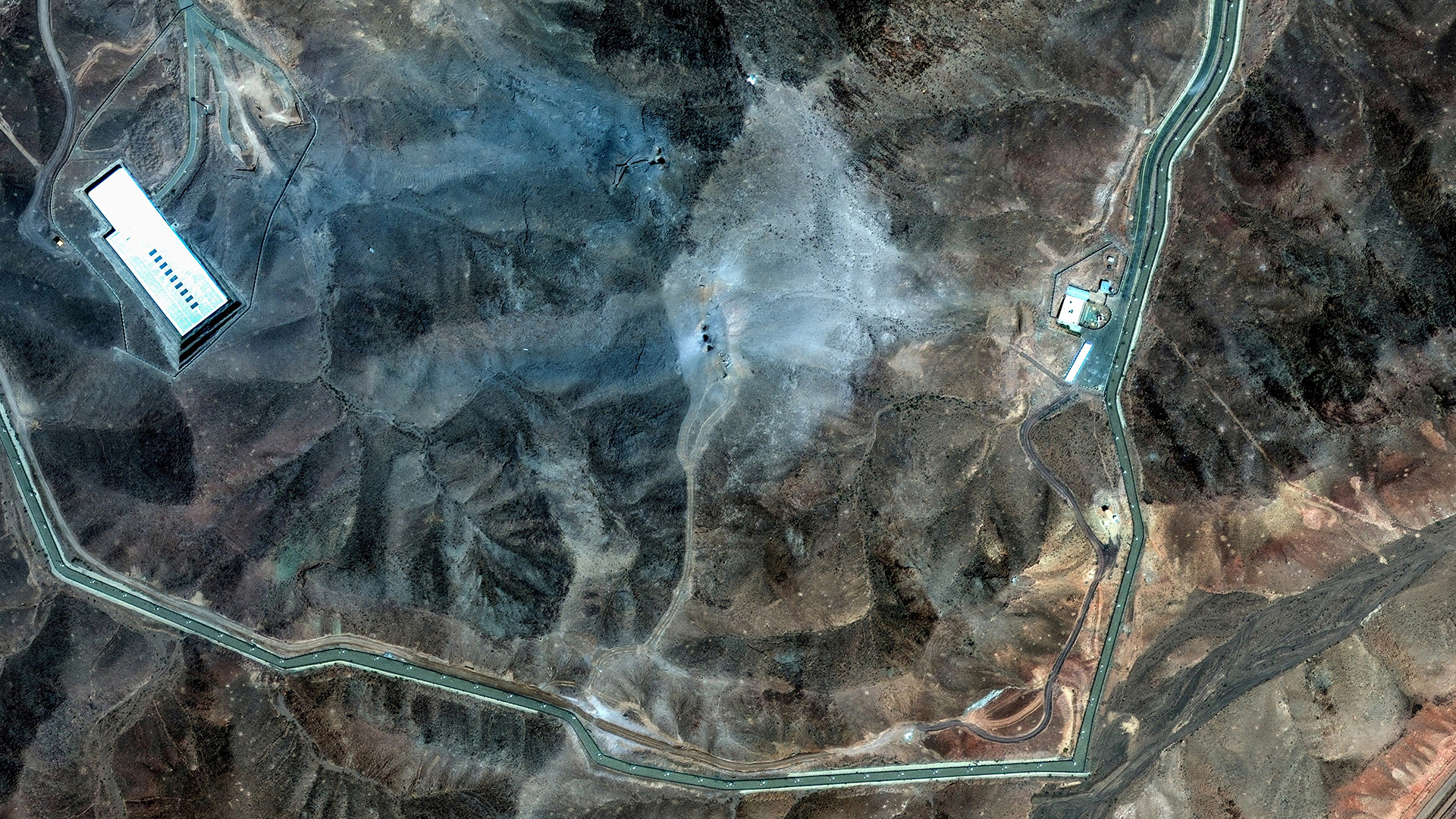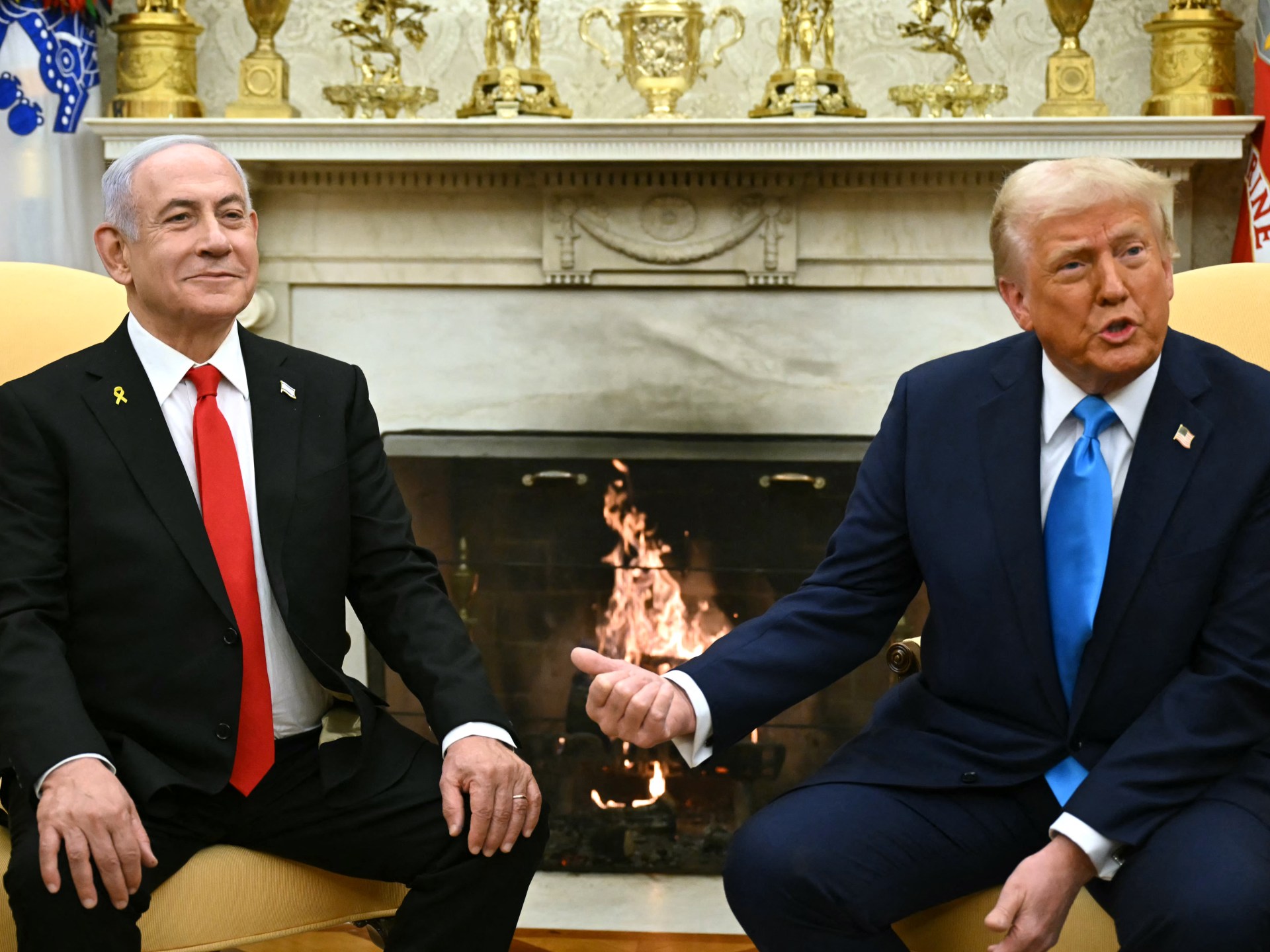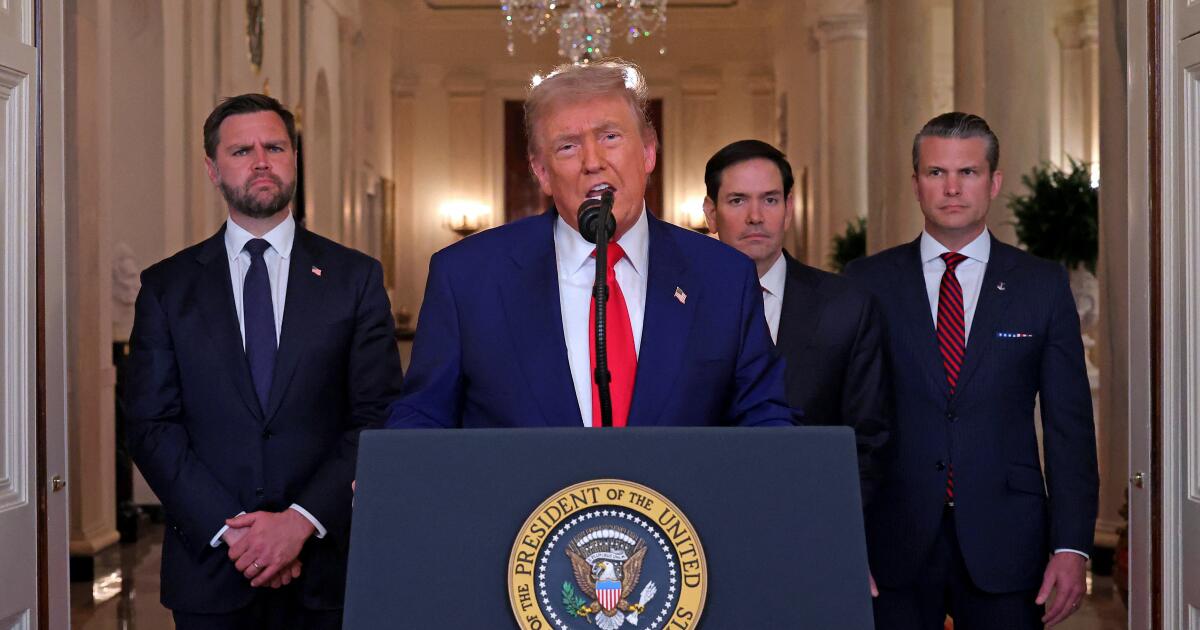Newsom v. Trump judge orders L.A. troop deployment records handed over
The Trump administration must turn over a cache of documents, photos, internal reports and other evidence detailing the activities of the military in Southern California, a federal judge ruled Tuesday, handing a procedural victory to the state in its fight to rein in thousands of troops under the president’s command.
Ordering “expedited, limited discovery,” Senior District Judge Charles R. Breyer of the federal court in San Francisco also authorized California lawyers to depose key administration officials, and signaled he might review questions about how long troops remain under federal control.
The Department of Justice opposed the move, saying it had “no opportunity to respond.”
The ruling follows a stinging loss for the state in the 9th Circuit Court of Appeals last Thursday, when an appellate panel struck down Breyer’s temporary restraining order that would have returned control of the troops to California leaders.
Writing for the court, Judge Mark R. Bennett of Honolulu said the judiciary must broadly defer to the president to decide whether a “rebellion” was underway and if civilians protesting immigration agents had sufficiently hampered deportations to warrant an assist from the National Guard or the Marines.
Bennett wrote that the president has authority to take action under a statute that “authorizes federalization of the National Guard when ‘the President is unable with the regular forces to execute the laws of the United States.’”
But neither court has yet opined on California’s other major claim: that by aiding immigration raids, troops under Trump’s command violated the Posse Comitatus Act of 1878, which forbids soldiers from enforcing civilian laws.
Shilpi Agarwal, legal director of the ACLU of Northern California, argued the White House is abusing the post-Civil War law — known in legal jargon as the PCA — by having soldiers support Immigration and Customs Enforcement operations.
“There isn’t a dispute that what the National Guard is doing right now is prohibited by the PCA — legally it absolutely has to be,” said Agarwal. “Going out with ICE officers into the community and playing a role in individual ICE raids really feels like what the Posse Comitatus Act was designed to prohibit.”
In his June 12 order, Breyer wrote that charge was “premature,” saying that there was not yet sufficient evidence to weigh whether that law had been broken.
The 9th Circuit agreed.
“Although we hold that the President likely has authority to federalize the National Guard, nothing in our decision addresses the nature of the activities in which the federalized National Guard may engage,” Bennett wrote. “Before the district court, Plaintiffs argued that certain uses of the National Guard would violate the Posse Comitatus Act … We express no opinion on it.
Now, California has permission to compel that evidence from the government, as well as to depose figures including Ernesto Santacruz, Jr., the director of the ICE field office in L.A., and Maj. Gen. Niave F. Knell, who heads operations for the Army department in charge of “homeland defense.”
With few exceptions, such evidence would immediately become public, another win for Californians, Agarwal said.
“As the facts are further developed in this case, i think it will be come more abundantly clear to everyone how little this invocation of the National Guard was based on,” she said.
In its Monday briefing, the Trump administration argued that troops were “merely performing a protective function” not enforcing the law.
“Nothing in the preliminary injunction record plausibly supports a claim that the Guard and Marines are engaged in execution of federal laws rather than efforts to protect the personnel and property used in the execution of federal laws,” the Justice Department’s motion said.
The federal government also claimed even if troops were enforcing the law, that would not violate the Posse Comitatus Act — and if it did, the Northern District of California would have only limited authority to rule on it.
“Given the Ninth Circuit’s finding, it would be illogical to hold that, although the President can call up the National Guard when he is unable ‘with the regular forces to execute the laws of the United States,’ the Guard, once federalized, is forbidden from ‘execut[ing] the laws,’” the motion said.
For Agarwal and other civil liberties experts, the next few weeks will be crucial.
“There’s this atmospheric Rubicon we have crossed when we say based on vandalism and people throwing things at cars, that can be justification for military roaming our streets,” the lawyer said. “There was more unrest when the Lakers won the Championship.”
